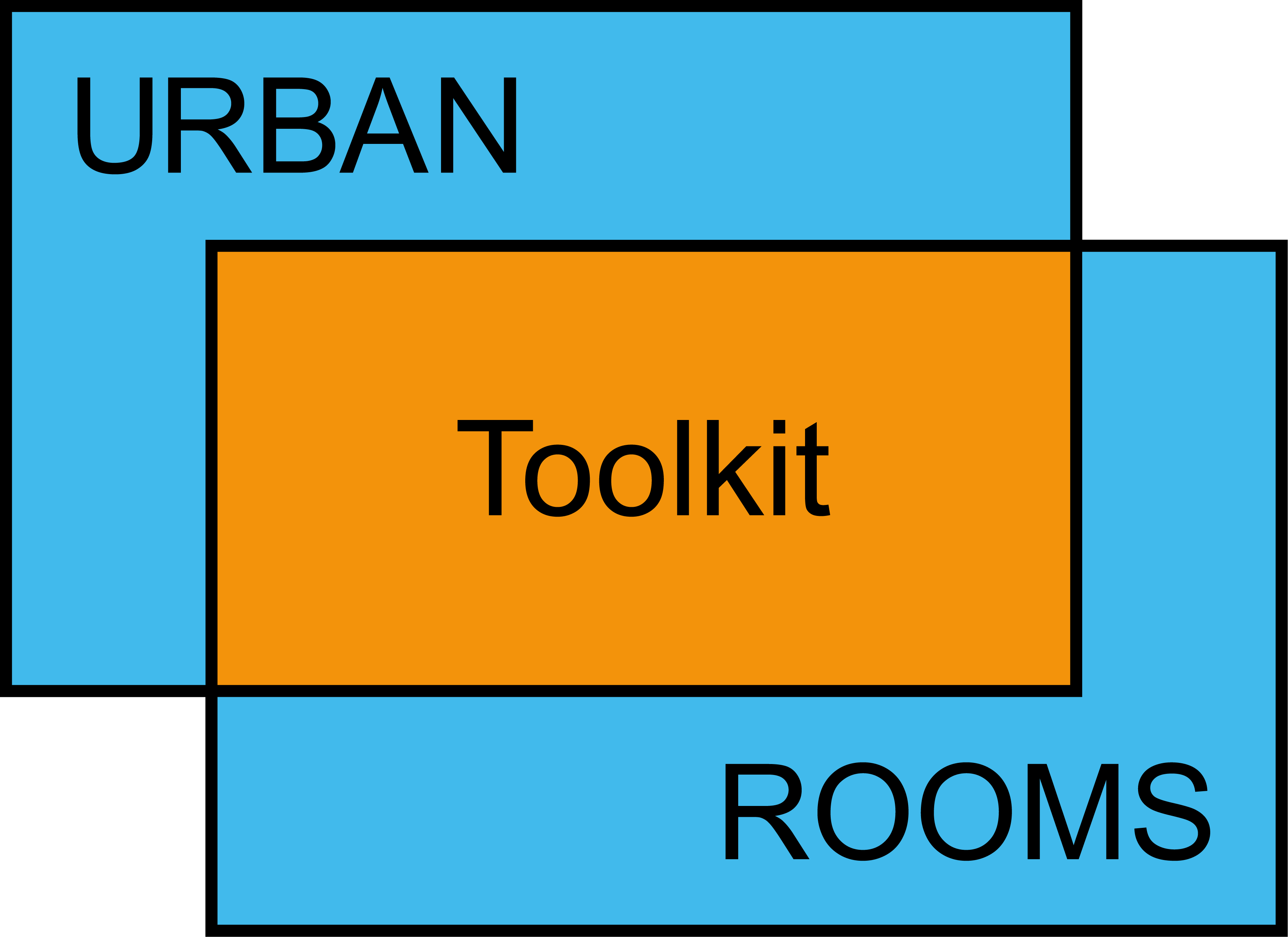


Group: Maps & Mapping
Method: Mapping Senses
Description of Method:
Using the senses (Sight, Sound, Smell, Taste, and Touch) to explore our relationship to a place and how we may develop ideas to heighten our human senses or create sensory experiences. The sixth sense is linked to our emotional response to a place - what we like and dislike, where we feel safe or inspired. Designing a range of participatory activities and experiences, and asking questions to gain a deeper understanding of how we want to engage with place. For example, for taste you can ask about your favourite restaurant, or where does the participant recommend you go for lunch. What recipes or ingredients are associated with the place - are these linked to heritage or cultural associations, or an established, award winning, family-run business.
Purpose of Method:
Provides an alternative approach to researching how we engage with or interact within a space or place. Invites local residents, businesses and young people to explore the town through a series of different interactive activities using their senses to contribute ideas, engage in conversation, tell stories and share their visions of the town centre, neighbourhood, a new building or public space.
Suitable Audience:
Everyone! This method provides an accessible and inclusive approach to engaging a wide audience.

Urban Room Rochdale
Credit: Urban Room Rochdale / Local
Urban Room Rochdale
Creative engagement tools were used at Urban Room Rochdale to facilitate conversations with residents about the local urban environment. Smell, colour, and sounds associated with the area were collated and mapped, documenting the experience of place. Imagine a future Rochdale... What do you hear? What are the tastes? What does it look like? How does it smell? What can you feel?
Group: Maps & Mapping
Method: Mapping Senses
Description of Method:
Using the senses (Sight, Sound, Smell, Taste, and Touch) to explore our relationship to a place and how we may develop ideas to heighten our human senses or create sensory experiences. The sixth sense is linked to our emotional response to a place - what we like and dislike, where we feel safe or inspired. Designing a range of participatory activities and experiences, and asking questions to gain a deeper understanding of how we want to engage with place. For example, for taste you can ask about your favourite restaurant, or where does the participant recommend you go for lunch. What recipes or ingredients are associated with the place - are these linked to heritage or cultural associations, or an established, award winning, family-run business.
Purpose of Method:
Provides an alternative approach to researching how we engage with or interact within a space or place. Invites local residents, businesses and young people to explore the town through a series of different interactive activities using their senses to contribute ideas, engage in conversation, tell stories and share their visions of the town centre, neighbourhood, a new building or public space.
Suitable Audience:
Everyone! This method provides an accessible and inclusive approach to engaging a wide audience.

Urban Room Rochdale
Credit: Urban Room Rochdale / Local
Urban Room Rochdale
Creative engagement tools were used at Urban Room Rochdale to facilitate conversations with residents about the local urban environment. Smell, colour, and sounds associated with the area were collated and mapped, documenting the experience of place. Imagine a future Rochdale... What do you hear? What are the tastes? What does it look like? How does it smell? What can you feel?
